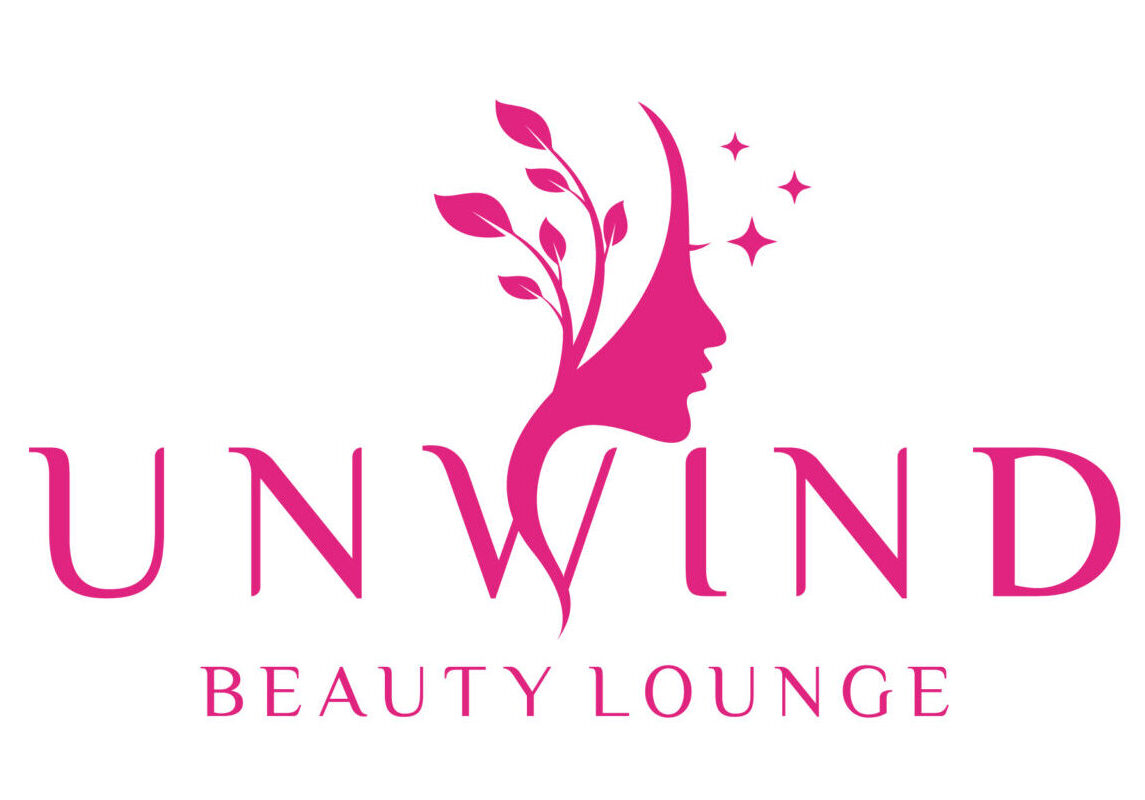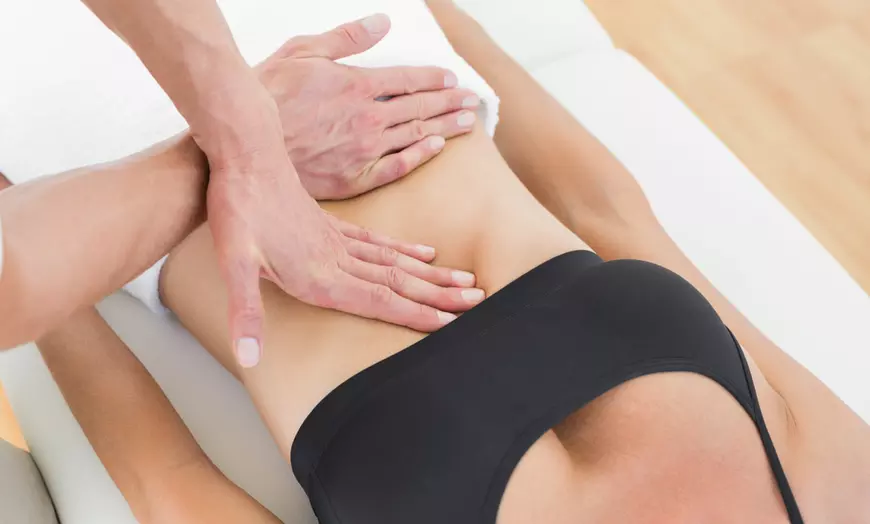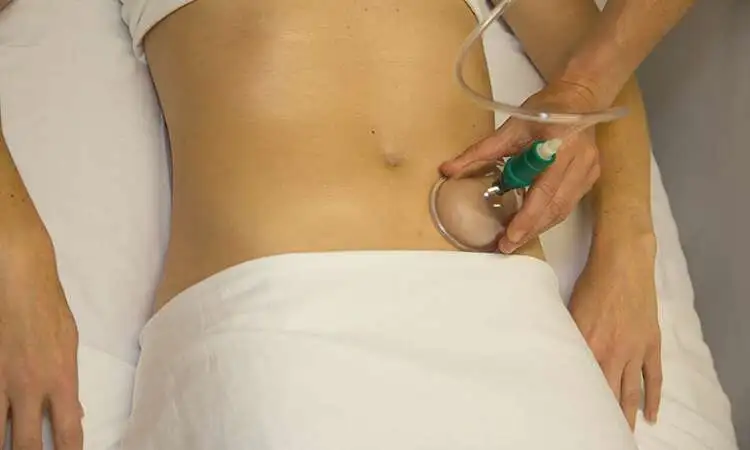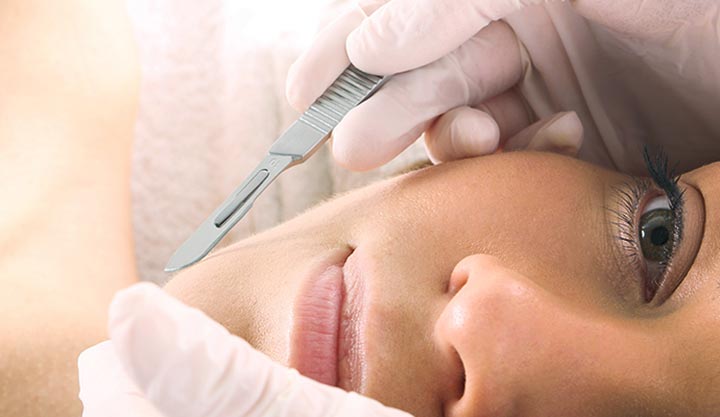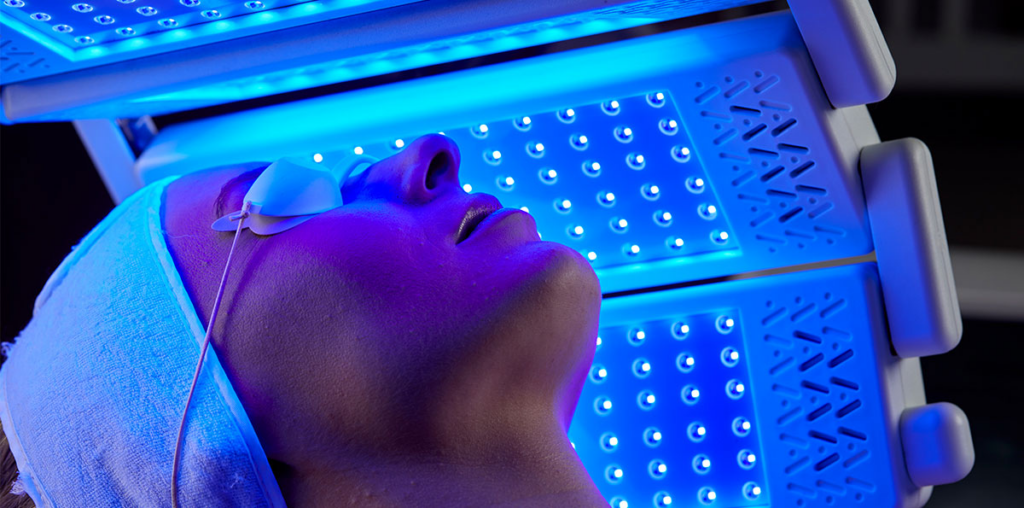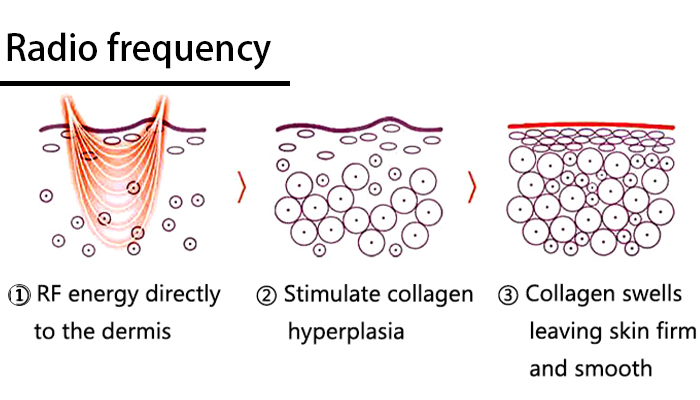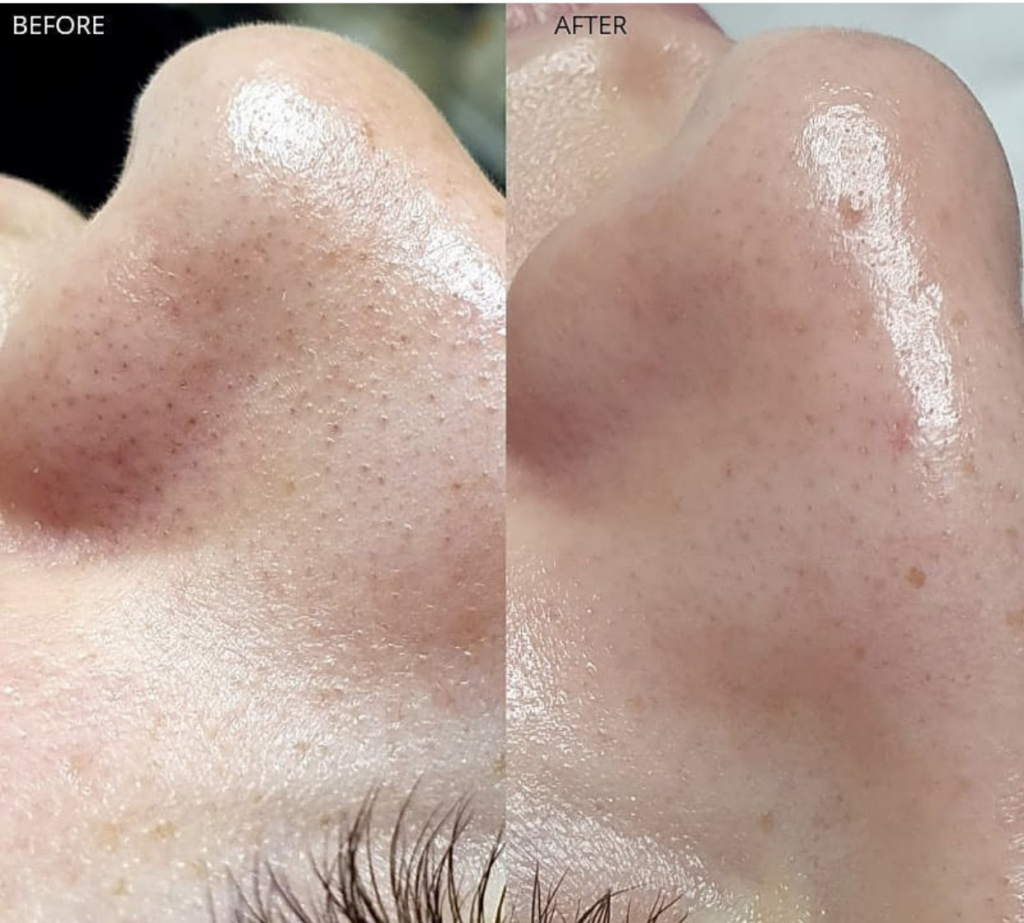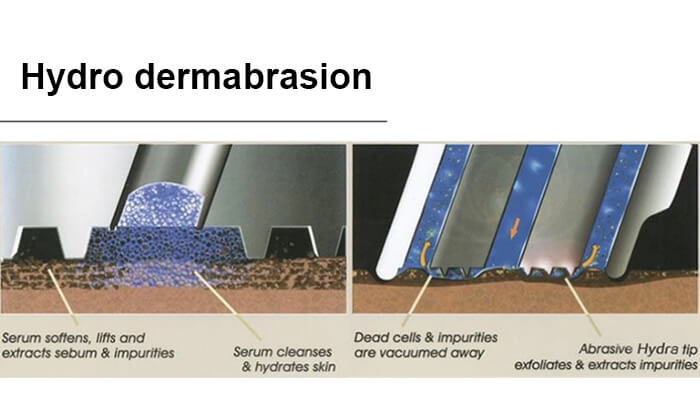WHAT IS THE BODY SCULPTING MASSAGE?

It is revitalizing massage designed to tone and smooth your body, visibly reducing the appearance of cellulite, eliminating excess water weight, breaking down scar tissue, and easing inflammation. Unwind beauty lounge utilizes advanced massage techniques, wooden tools, and cupping therapy to facilitate a comprehensive full-body detox. This treatment will leave previously inflamed areas and scar tissue appearing flatter and smoother. It’s ideal for those dealing with chronic or exercise-induced inflammation, water retention, autoimmune conditions, or for clients who want a more uniformed and sculpted body.
WHAT TO EXPECT FROM THE BODY SCULPTING
Before your treatment begins, be sure to make your therapist aware of any allergies, possible pregnancy, high blood pressure, heart conditions, epilepsy, or other major medical concerns. Once you have discussed these points and your desired results, your treatment will begin. Your therapist will begin body sculpting, applying oils to the desired areas for a full-body massage. A silicone cup will be used for cupping therapy, to help promote blood flow and to help detoxify your body of lactic acid, and a body sculpting tool will be used on problem areas. Once your treatment has finished, your therapist will talk you through a personalized home care regimen, usually suggesting stretches specific to your needs, Epsom salt or bath bombs, and drinking lots of fluids to keep yourself and your skin fully hydrated.
IS THE BODY SCULPTING MASSAGE RIGHT FOR ME?
The Body Sculpt Massage is an excellent choice if you have:
- Chronically inflamed areas of your skin
- Water retention issues
- Scar tissue
- Exercise-induced inflammation
- Autoimmune issues
- Had liposuction or cosmetic surgery (must wait until three months post-op and ask their doctors for a release form)
- Knots and cellulite in tissues
BENEFITS OF THE BODY SCULPTING MASSAGE
You can expect the following results from the Body Sculpt Massage:
- Reduced inflammation in scar tissue
- Decreased water weight retention
- Minimizing the appearance of scar tissue and inflamed areas
- Body detoxification
- Improved circulation and blood flow
- Relief of chronic or exercise-induced inflammation
- Might reduce the appearance of cellulite and smooth fat adipose
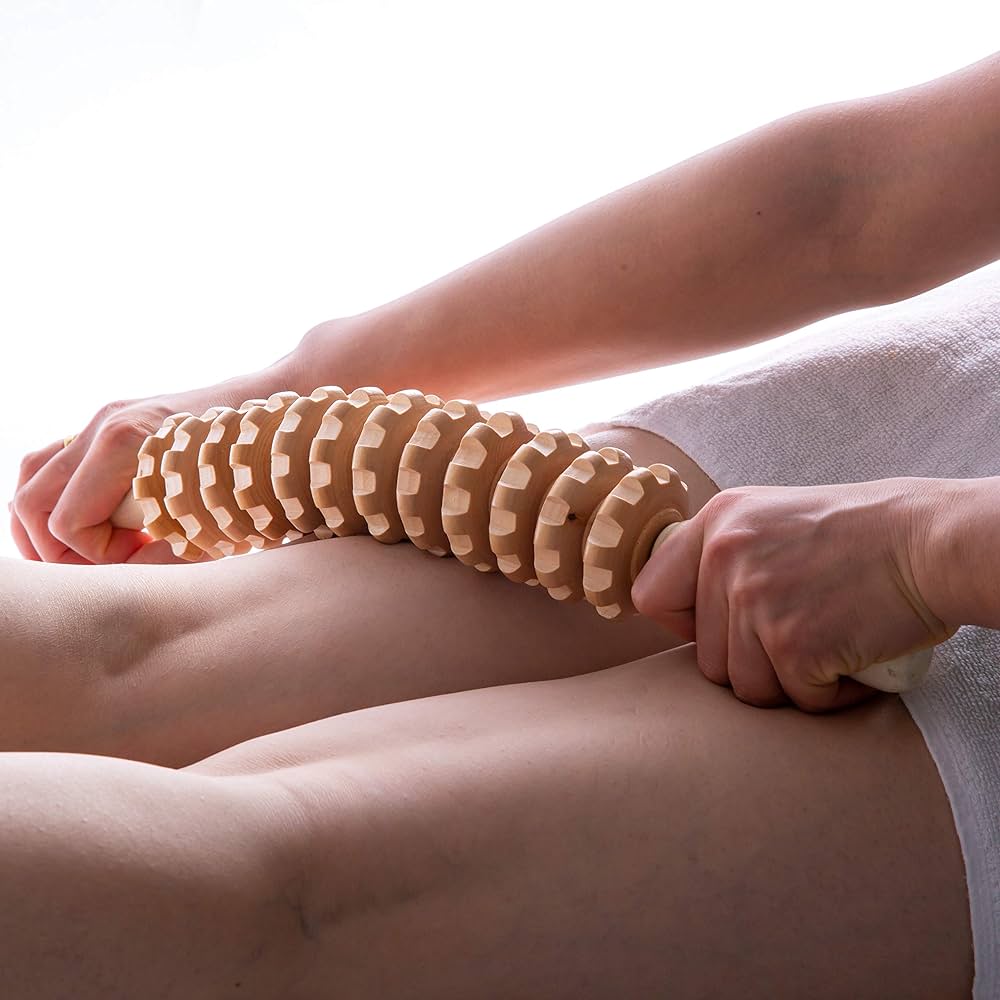
Book your appointment today with our esthetician at Unwind beauty lounge in Frisco.
